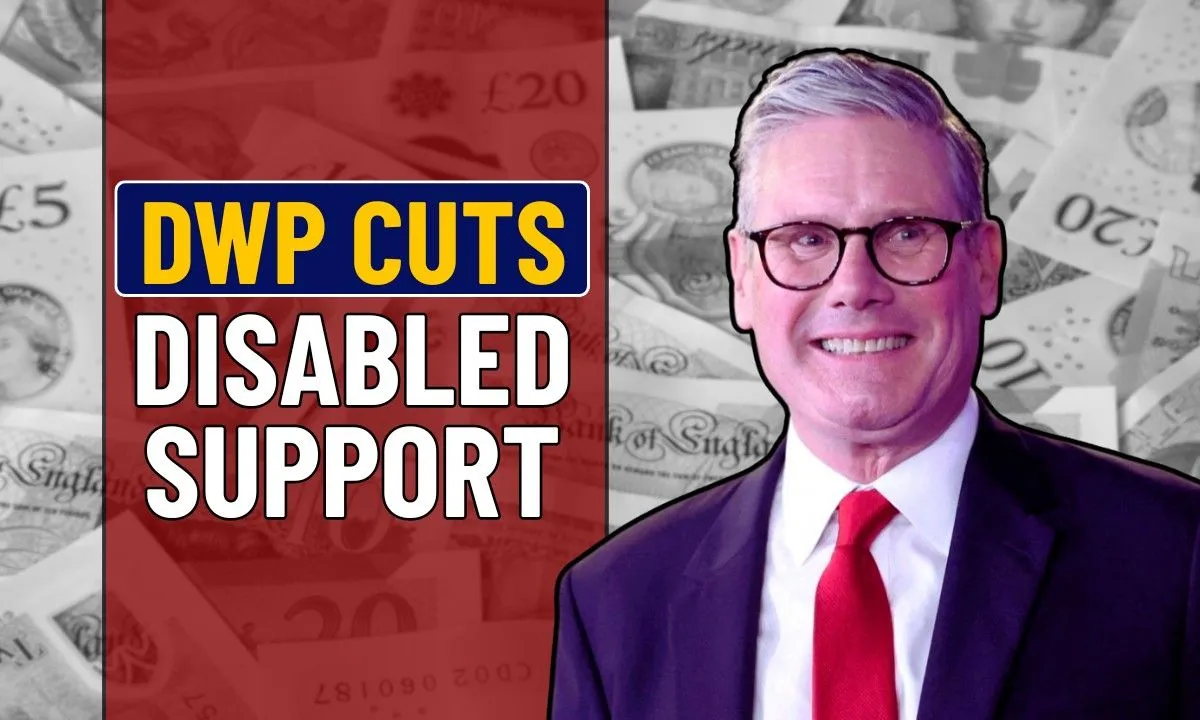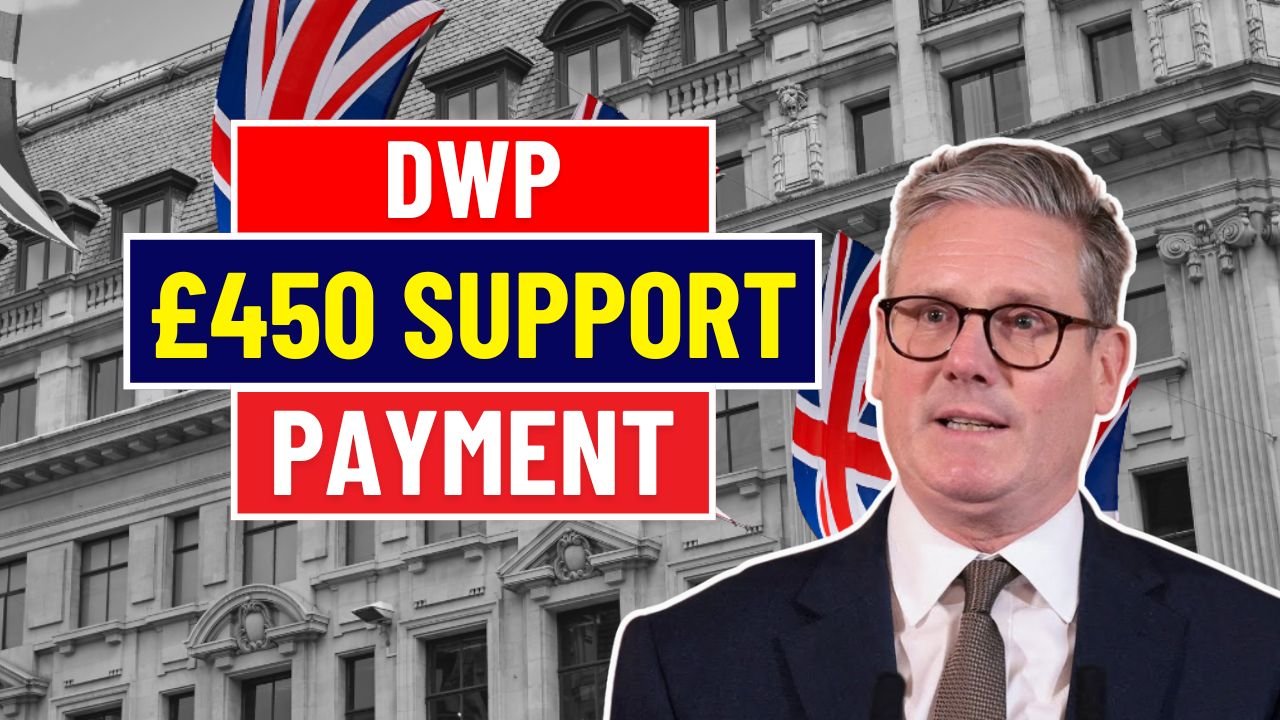As winter approaches, millions of UK households are preparing for slightly higher energy bills after Ofgem confirmed a small increase in the Energy Price Cap from 1 October to 31 December 2025. The new average annual cap for a typical household paying by Direct Debit is now £1,755, up from £1,720 in the previous quarter. While a 2% increase might seem small, for families already stretched by living costs, even a few extra pounds a month can make a real difference.
Introduced in 2019, the Energy Price Cap is designed to prevent energy companies from overcharging customers on default tariffs. It limits how much suppliers can charge per unit of electricity and gas, as well as the daily standing charge. The cap does not fix your total bill it only controls the maximum price per unit, meaning your final payment still depends on how much energy your household uses.
Table of Contents
What the New Price Cap Means for You
The new rates reflect the challenges of maintaining a stable energy supply in a volatile global market. Ofgem adjusts the cap every three months in January, April, July, and October based on wholesale energy costs, government policy fees, and operational expenses faced by energy suppliers. This system helps ensure that no supplier unfairly raises prices beyond what’s justified by real-world costs.
From October through December 2025, the rise in electricity wholesale prices and increased standing charges have driven the cap slightly higher. According to Ofgem, these changes are necessary to keep smaller energy suppliers afloat and prevent future collapses that could disrupt the market. Although the change seems modest, many households will feel it during the colder months when heating and appliance use spike.
| Period | Average Annual Cap (£) | Change (%) |
|---|---|---|
| 1 Jan – 31 Mar 2025 | £1,738 | ↑ 1% |
| 1 Apr – 30 Jun 2025 | £1,849 | ↑ 6% |
| 1 Jul – 30 Sep 2025 | £1,720 | ↓ 7% |
| 1 Oct – 31 Dec 2025 | £1,755 | ↑ 2% |
This table shows that while prices dipped slightly in the summer, they are climbing again as winter sets in. Analysts warn that the next review, scheduled for January 2026, could bring another adjustment depending on global gas prices and UK demand.
Electricity and Gas Rates for Winter 2025
The most notable change in this quarter’s cap isn’t just in unit rates but in standing charges, the fixed daily fee you pay regardless of your energy usage. Even if you use less energy, higher standing charges mean your bills might still rise slightly.
| Energy Type | 1 Jul–30 Sep 2025 | 1 Oct–31 Dec 2025 |
|---|---|---|
| Electricity | 25.73p per kWh / 51.37p daily | 26.35p per kWh / 53.68p daily |
| Gas | 6.33p per kWh / 29.82p daily | 6.29p per kWh / 34.03p daily |
While gas unit prices dipped a little, the higher daily fee offsets the benefit. Many experts have criticised this structure, arguing that high standing charges unfairly affect low-usage customers like pensioners or single occupants who end up paying proportionally more.
Why the Energy Cap Keeps Changing

Ofgem’s quarterly review process ensures that prices stay aligned with the real costs of producing and delivering energy. However, it also means that customers experience frequent changes in their bills even when they do everything right.
These reviews consider various factors, including wholesale energy prices, the cost of maintaining national networks, environmental obligations, and supplier profit margins. The regulator’s CEO, Jonathan Brearley, has stated that while “no price rise is ever welcome,” the cap remains essential to protecting consumers during times of market uncertainty.
The 2% increase this winter follows a pattern seen across Europe, as gas supply pressures and global energy demand continue to affect the UK market. The government has also emphasised the long-term goal of developing a homegrown, renewable energy system that could help stabilise prices in the years ahead.
How You Can Lower Your Winter Energy Bills
Even with the price cap in place, there are still effective ways to keep your bills manageable. Simple adjustments and mindful habits can help you make the most of every pound spent on energy. One of the easiest ways to start is by tracking your energy use through a smart meter, allowing you to see when your consumption spikes and where you can cut back. Paying by Direct Debit is also cheaper than prepayment or paying on receipt of a bill. Additionally, switching to a fixed-rate deal can be beneficial if you expect prices to rise in the next quarter.
You can also focus on home efficiency. Insulating your home, upgrading to LED lighting, and using smart thermostats can significantly lower your consumption over time. Finally, if you’re struggling with costs, the government offers support through schemes such as the Warm Home Discount and Winter Fuel Payment, which can help eligible households manage higher seasonal expenses.
What’s Next, January 2026 Price Review
The next cap announcement will be made on 25 November 2025 and will cover the period from 1 January to 31 March 2026. Additional reviews are planned for February and May 2026, ensuring the system continues to reflect actual market conditions. Until then, energy users are encouraged to stay informed, check new tariff offers regularly, and continue making small energy-saving improvements at home. With inflation slowing and renewable investments increasing, analysts are hopeful that 2026 could bring some long-awaited price stability though the coming winter will still test many households’ budgets.



